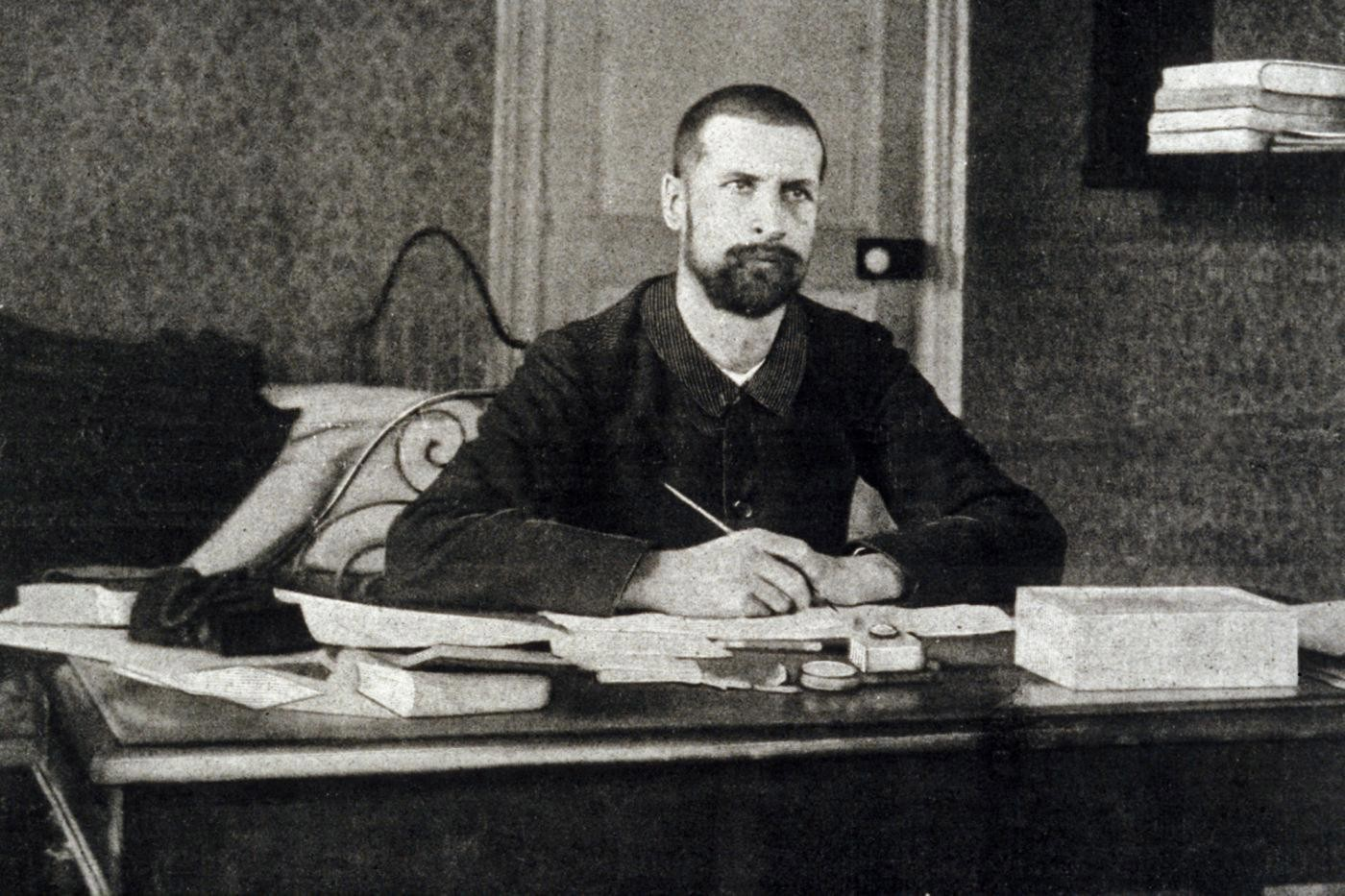 |
Alexandre Yersin was born on 22/9/1863 in Lavaud, Vaud, Switzerland. He studied medicine in Lausanne, then in Marburg (Germany), and later at Hotel-Dieu in Paris, a leading center for clinical medicine in Europe. At 25, he earned his doctorate with a thesis on the development of experimental tuberculosis.
In 1888, when the Pasteur Institute was founded in Paris, Yersin was introduced by Emile Roux and became one of its first associates. There, he and Roux conducted research on diphtheria toxin, demonstrating that the poison secreted by the bacteria was the cause of death. This work was continued by Emil Behring and Shibasaburo Kitasato in Berlin, leading to the development of serum therapy.
Yersin spent two years at the Pasteur Institute before leaving Paris to embark on a new journey to the East. A portrait of Yersin is still kept at the Pasteur Institute in Paris. Photo: Pasteur Institute Paris
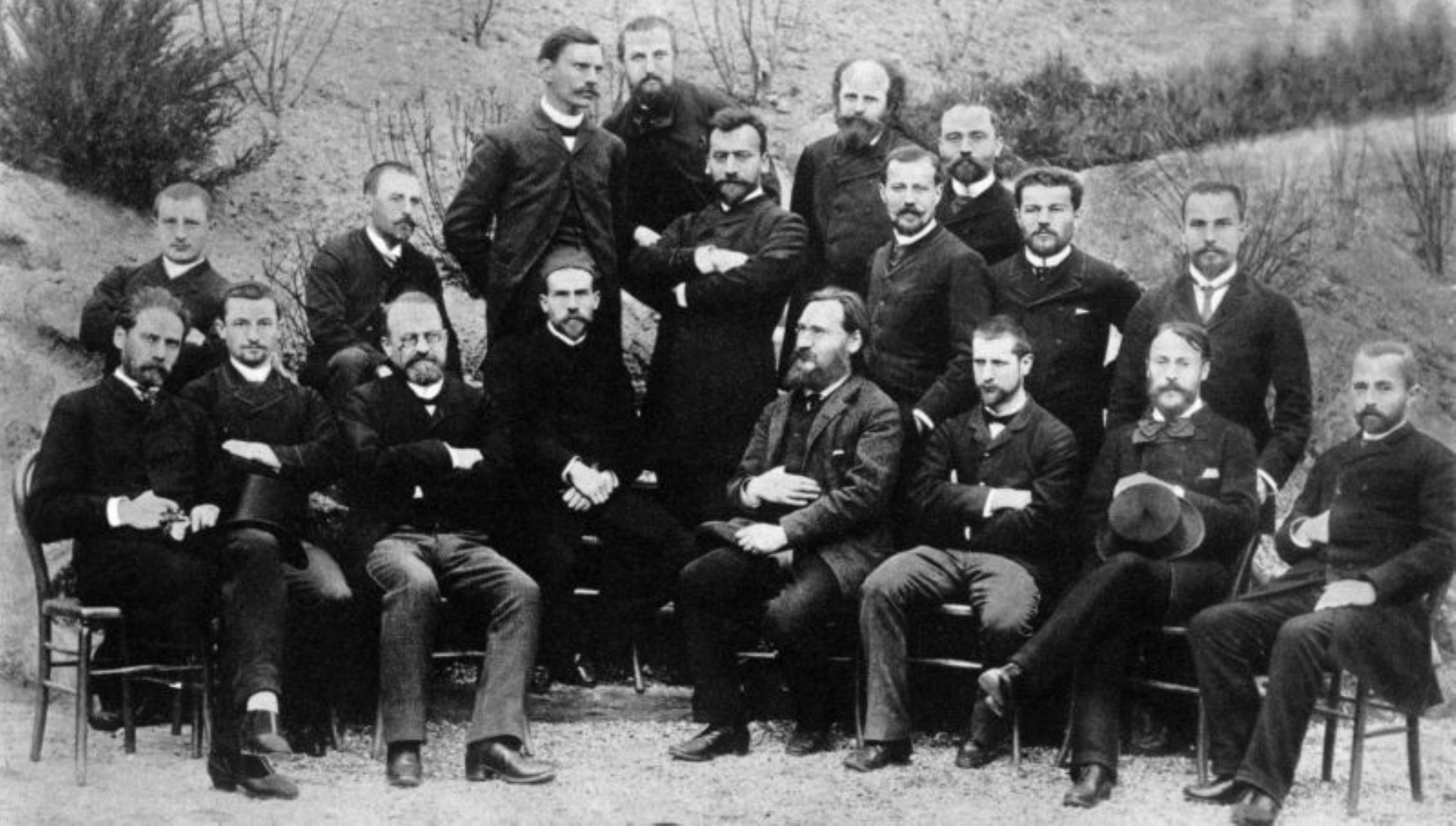 |
In 1890, Yersin left the Pasteur Institute and set off for Indochina. Before his departure, he took a photo with colleagues; Yersin is the third from the right in the front row.
Sailing to Nha Trang, Yersin immediately fell in love with the region and decided to settle there. He built a house in Xom Con, opened a clinic, and became the first European doctor to practice in the area.
He also participated in numerous journeys along the coast and through the mountains. During an 1893 expedition, Yersin traveled from Bien Hoa, crossed Di Linh, and discovered the Lang Biang Plateau at an altitude of 1,500 m. His discovery led Governor-General Paul Doumer to establish the Da Lat resort in 1899. Photo: Pasteur Institute Paris
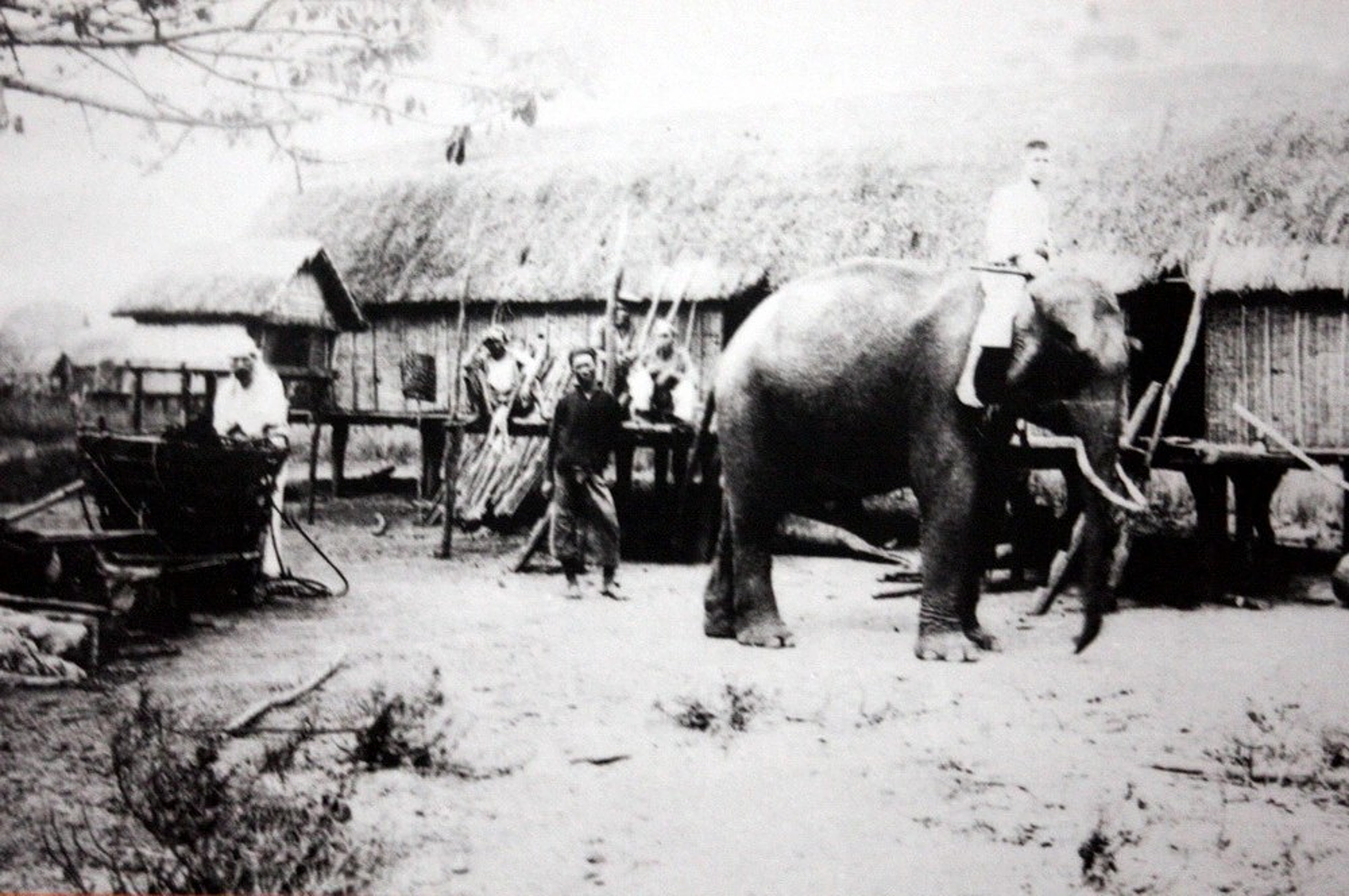 |
In 1894, amidst a devastating bubonic plague outbreak that claimed tens of thousands of lives in Guangzhou, Yersin was sent to Hong Kong. In just 7 days, he successfully isolated the bacterium that caused the disease, later named Yersinia pestis. This discovery was reported to the French Academy of Sciences, and Yersin was awarded the Legion of Honour.
From 1895 to 1897, Yersin continued his research on the plague, collaborating with Emile Roux, Albert Calmette, and Amedee Borrel at the Pasteur Institute in Paris to develop the first plague antiserum.
In 1893, Doctor Yersin and his colleagues explored the Lang Biang Plateau, Vietnam. Archival photo
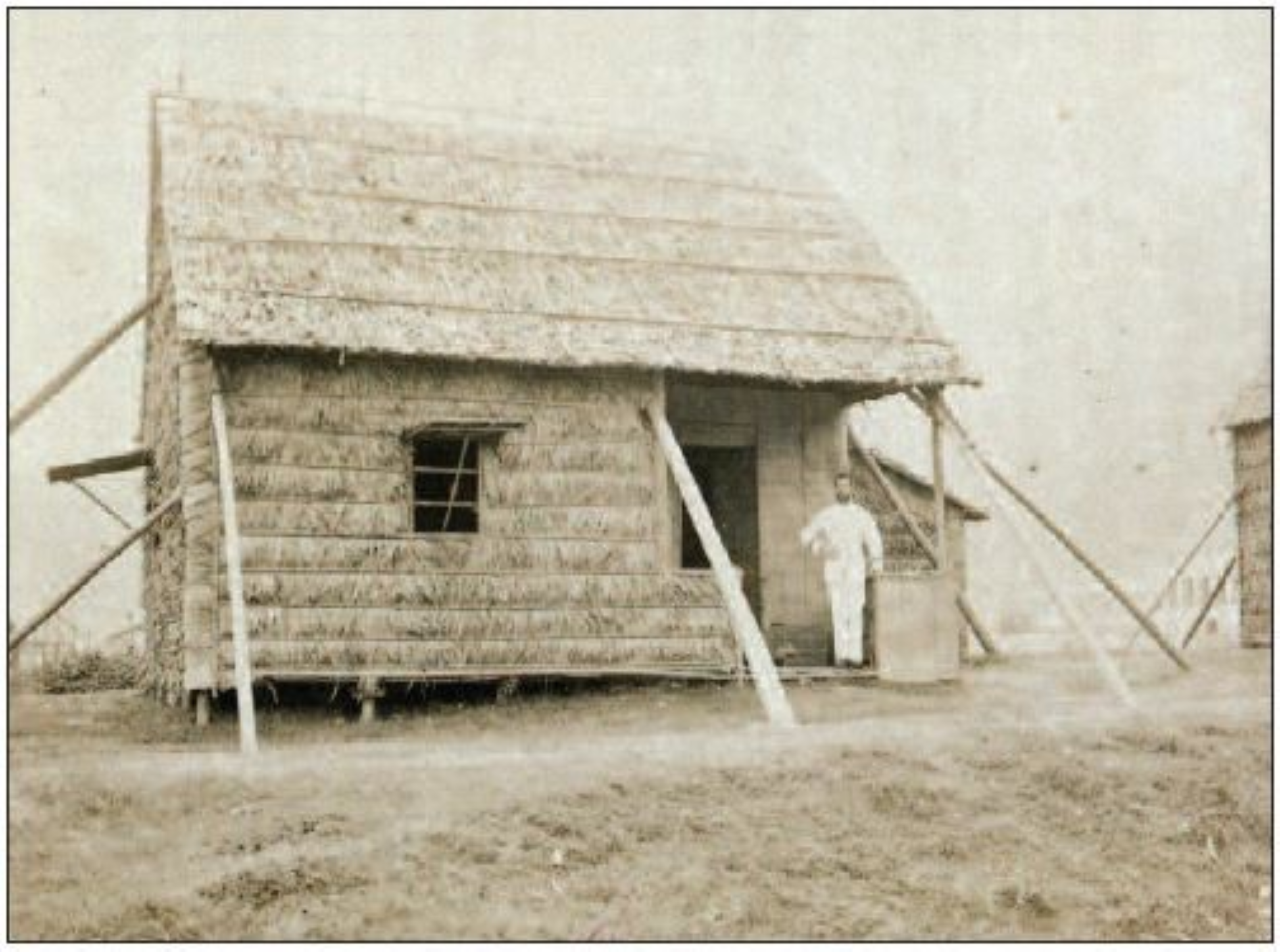 |
In 1894, Yersin was photographed in front of a straw-covered bamboo hut in Hong Kong, commemorating the place where he discovered the plague bacillus. In 1895, Yersin established a small laboratory in Nha Trang for research. In 1898, the Pasteur Institute of Nha Trang was inaugurated. This was the first bacteriological research facility in Indochina. The Pasteur Institute of Nha Trang served as both a laboratory and a production facility for serums and vaccines, contributing to the control of numerous dangerous diseases.
In 1902, at the request of the Governor-General of Indochina, Yersin went to Hanoi to establish the Indochina Medical College, the precursor to today's Hanoi Medical University. The first class had 28 domestic students and one international student. Yersin established the curriculum and teaching materials based on the French Medical University model and also taught the students directly.
He praised the first medical students as "very studious, with some as excellent as the best students in France". Two years later, after everything was running smoothly, he resigned to devote his time to research. Photo: Pasteur Research Institute
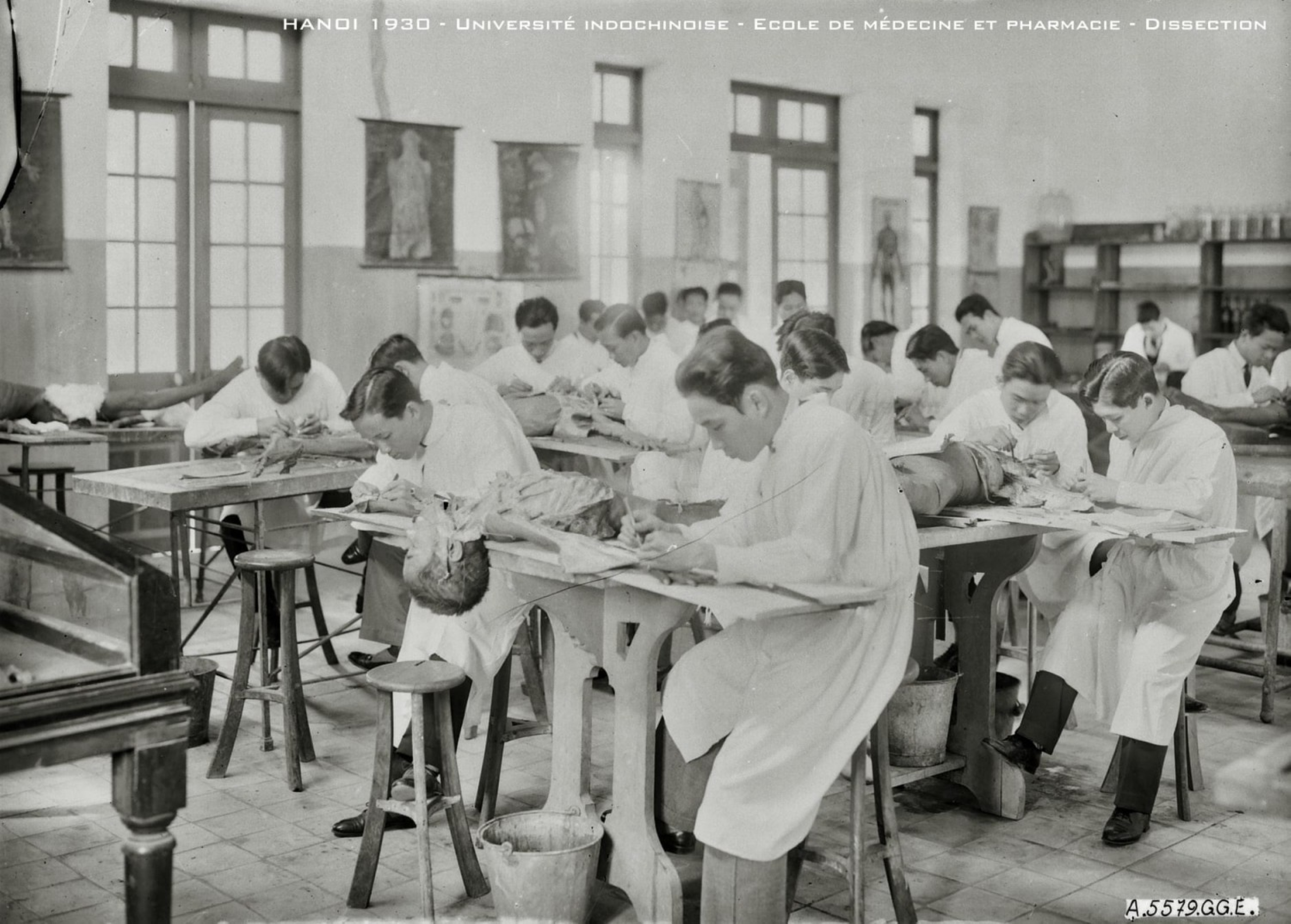 |
In 1904, Yersin returned to Nha Trang and the people of Xom Con. He continued his research and agricultural experiments, including rubber cultivation and cinchona cultivation for quinine extraction to treat malaria.
He lived a simple life, providing free medical care to the poor, and was affectionately called "Ong Nam" (Mr. Five) by the locals. According to French writer Patrick Deville, the name originated from the five gold-plated stripes on his naval uniform. Yersin used the prize money from the Legion of Honour and other international scientific awards to purchase plant and animal breeds and to support the operations of the Pasteur Institute of Nha Trang and the Suoi Dau experimental farm.
Students of the Indochina Medical College during an anatomy lesson at the school founded by Alexandre Yersin. Photo: Hanoi Medical University
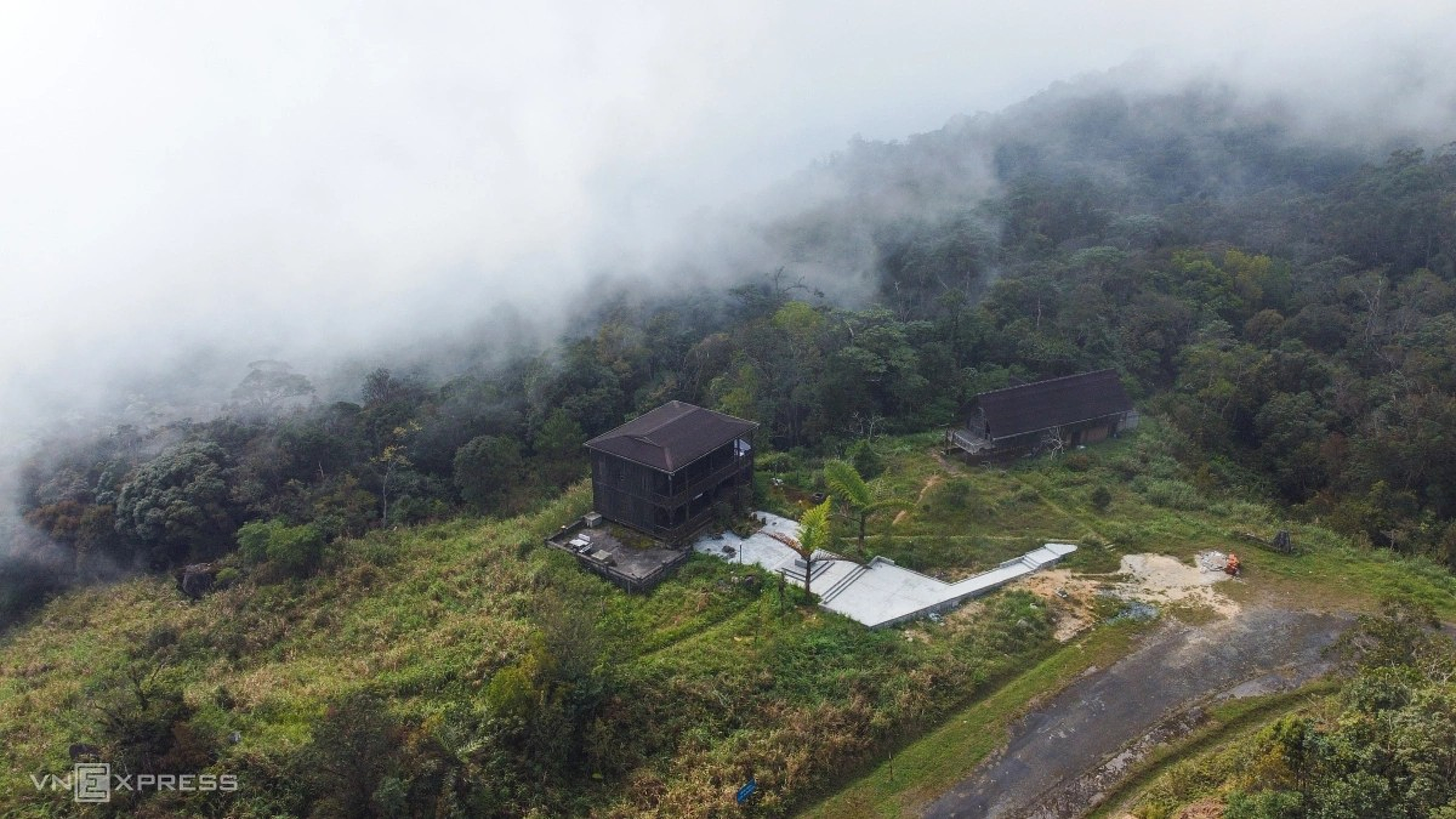 |
"I am very happy to treat those who come to me for advice, but I do not want to turn medicine into a profession, meaning I never ask patients to pay me for my care," Yersin said.
On 1/3/1943, Yersin passed away in Nha Trang at the age of 79. His funeral was attended by a large number of local people. His will stated: "I want to be buried in Suoi Dau. Ask Mr. Bui Quang Phuong (his longtime colleague) to keep me in Nha Trang, don't let anyone take me elsewhere. Keep the funeral simple, no eulogy."
Streets in Hanoi, Ho Chi Minh City, and Nha Trang are named after him. Yersin's tomb complex in Suoi Dau and the Yersin Library at the Pasteur Institute of Nha Trang are classified as national historical and cultural relics. In 2013, Yersin was posthumously awarded "Honorary Vietnamese Citizenship".
To this day, Yersin's house is still preserved, located about 60 km from Nha Trang, Khanh Hoa. Photo: Bui Toan
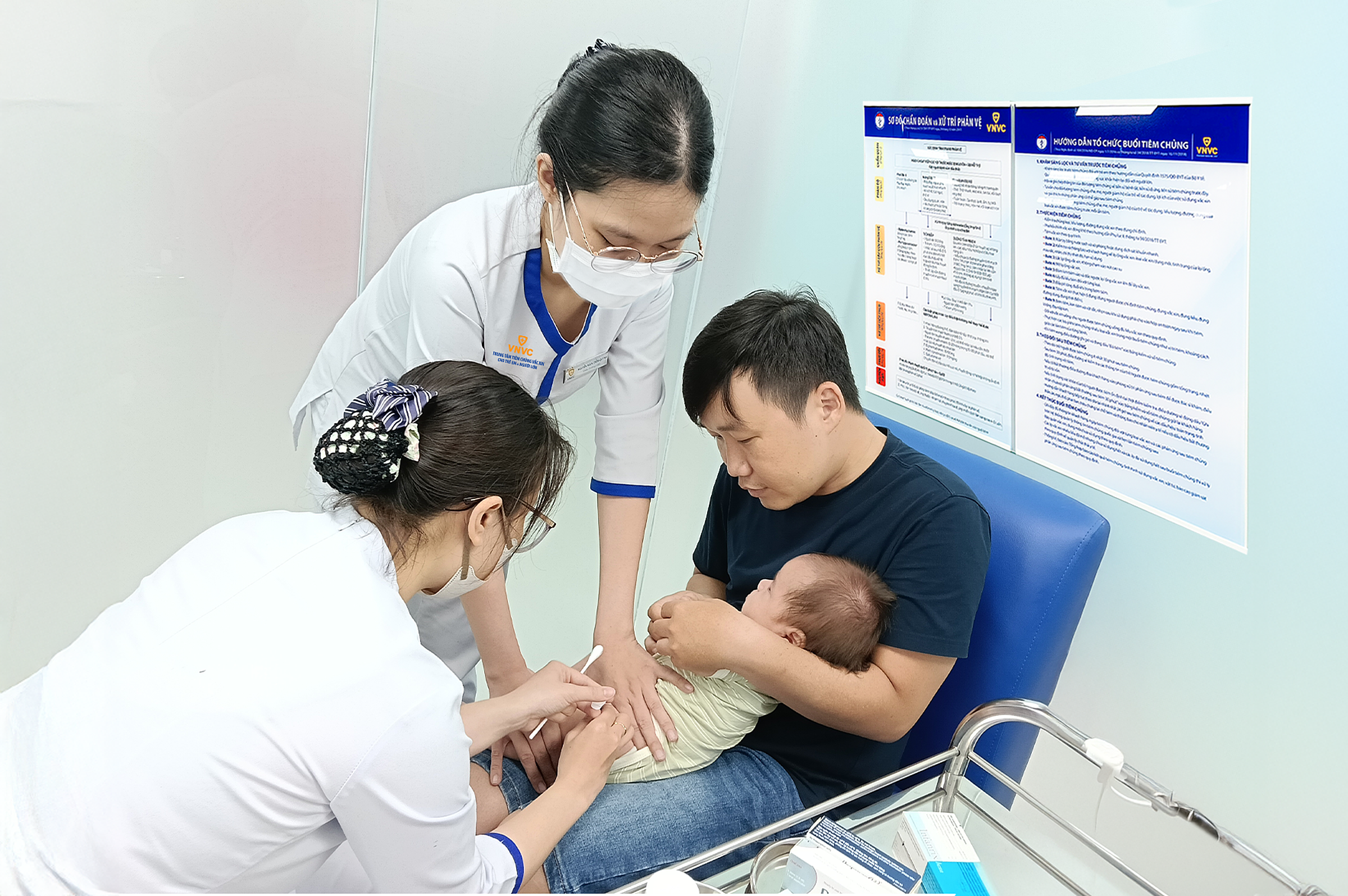 |
Recently, the Khanh Hoa Provincial People's Committee approved a project to build the Alexandre Yersin Museum on an area of over 5,700 m², along Tran Phu Street, next to Yersin Park. This place will become a center for preserving, conserving, and displaying the scientist's legacy.
More than a century after Yersin and Emile Roux studied diphtheria toxin at the Pasteur Institute in Paris, their achievements are still present in modern medicine. Diphtheria vaccines are now included in common vaccinations for children and adults, such as 5-in-1, 6-in-1, 4-in-1, 3-in-1, and 2-in-1 vaccines.
Yersin's research on diphtheria toxin laid an important foundation for the production of serums and vaccines, contributing to saving the lives of millions of children worldwide. Photo: Moc Thao
Binh An












